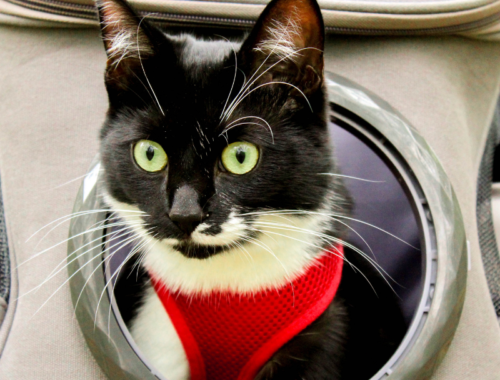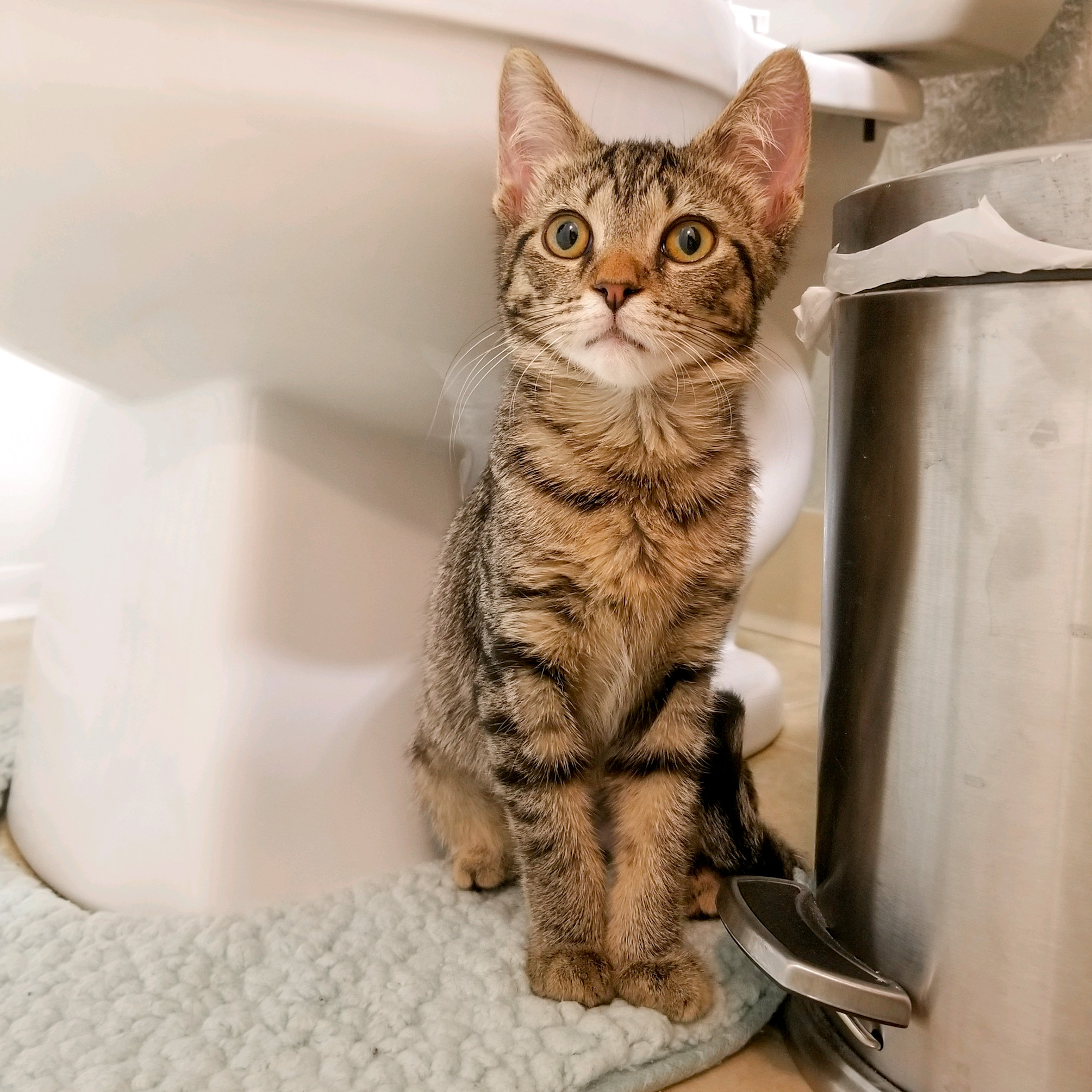
Steps To Introduce A New Cat To Current Pets
October 23, 2020



Getting a new cat is exciting, but will your current pets think so as well? Bringing a new cat into the home can be stressful to your cats already living there. Introductions between new and current pets must be done slowly in order to avoid them getting aggressive with each other or possibly never getting along. Here is a stepwise approach to try when introducing a new cat:
-
Have a realistic expectation going into it
- Time and patience are needed. You cannot expect your new cat and the other pet(s) in the household to be best friends right away. The new cat is coming into a new place and what is viewed as another animal’s “territory”. Both animals’ may be a bit on edge and defensive at first. This is normal and with time and the right methods, can be overcome.
-
Put the new cat into a confined area
- When you first bring the new cat home, have a confined area that you can put them in right away. This can be an office, spare bedroom, or bathroom if needed (but be sure to keep the toilet lid down, especially if it’s a kitten). Do not let the two animals meet each other right away. That can be very stressful for both.
- In this area, you should have everything your cat needs, including a litterbox, food and water, toys, somewhere cozy to sleep, and maybe a hiding place such as under a bed or a cardboard box.
-
Scent swapping
- Take a blanket, toy, or something with each animals’ scent on it and allow the other one to sniff it. This will allow them to get used to the other’s scent before actually meeting. A cat may hiss or spit at the item at first. A dog may growl or aggressively bite/paw at it. You want to continue to swap these objects until both pets do not react negatively to the other pets’ scent.
- If you are bringing a new cat into a home with another cat, you can also try alternating their food bowls. This can help them to associate the other cat’s scent with a positive thing, like mealtime.
-
Territory swapping
- You want to allow your new cat to be able to explore the rest of the house to get used to it without the tension of the other cat being around. You can put your current pet in the room the new cat was in and allow the new cat out of the room. They can then explore the other’s territory and scent without each other in the room.
- Be sure to not let them interact when switching rooms.
-
Non-visual introduction
- While the door to the room your new cat is in is closed, your current pet can go and sniff under the door. There may be some hissing or growling at first. Once they can sniff noses or play with their paws under the door, you can move on to introducing them face-to-face.
-
Introductions through barrier
- The first introduction should have a barrier between the pets, for safety precaution. This can be something such as a screen door or a baby gate. Again, they may hiss or growl at each other, or maybe even swat at the barrier. Once they can interact with each other and show no signs of aggression, you can introduce them without a barrier
-
Introductions without a barrier
- Be sure that there is someone watching them at all times for the first handful of interactions. Try to do this while both pets are calm to help ease the process. Give the pets rewards when they get close to each other without hissing or growling. They should associate being near each other as a positive thing. If things get too rough, separate them again. The best way to do this is to redirect the new cat with a toy or something to their room, while someone else redirects your other pet away. You do not want to punish either pet, as you do not want them to associate each other with punishments.
-
Unsupervised time
- Even if they are getting along with you there watching, if you are going to be gone for an extended period of time, we still recommend you close the new cat into their room for a few days, just to be safe. You want to be completely sure they get along 100% of the time before leaving them alone. When you do leave the house and are leaving them unsupervised, we recommend starting with short trips first, maybe while you go to the grocery store. Then work your way up to full days.
Final Tips:
Every cat reacts to this process differently. Some pets may be playing and become friends after a day or two, others it can takes weeks to months. Read your pets’ body language and if they need more time, give them more time. You can also move backwards if needed. Say they are getting along fine with a barrier between them, but without it they are fighting. You can go back to only allowing them to interact with the barrier for a few times and then try again. You want to always make sure that all the pets are comfortable. Stress can lead to unwanted behaviors and possibly aggression towards one another. Another tip is to be mindful of your current pets and try not to change their routine too much. Cats especially, but dogs too, can be very sensitive to changes in their walk, play, sleep, or feeding schedules. When adding a new cat to the household, try to keep as much of their normal routine as consistent as possible to avoid extra stress. The goal is to make this a positive experience for all animals and people involved. Do not try to rush the interactions or meetings between them. Patience is key here. Good luck introducing your new cat and we hope you have some happy fur siblings!You May Also Like

How To Prepare For The Fourth Of July With Cats
June 25, 2021
DOES MY CAT REALLY NEED TO GO TO THE VET EVERY YEAR?
August 28, 2020


